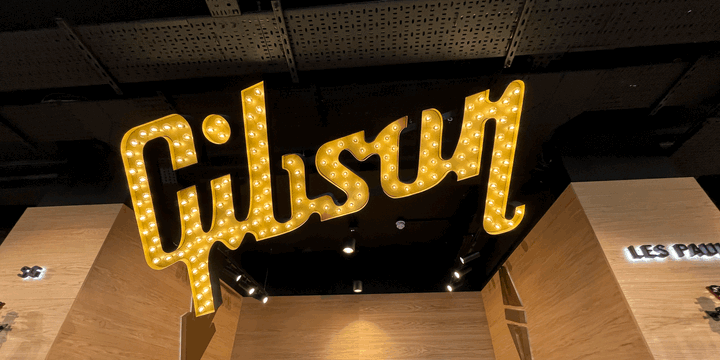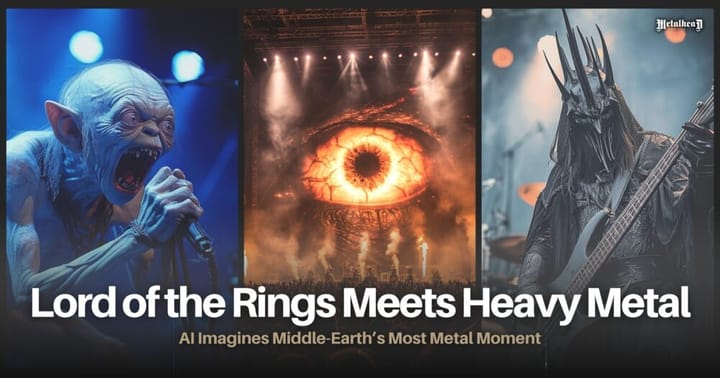Death Metal History - Pioneers, Influences, and Evolution of the Genre
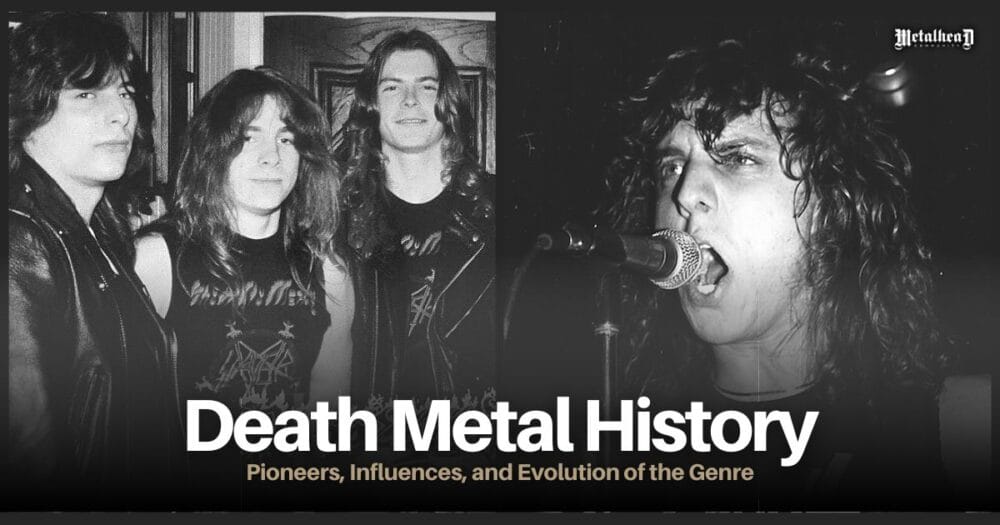
Death Metal is an extreme sub-genre of heavy metal that emerged in the 1980s from the underground music scene. It is characterized by its aggressive and intense sound, fast tempos, and heavy guitar riffs, along with its distinctive vocal style of guttural growls or shrieks. Death Metal has been highly influential in the world of heavy metal, inspiring countless musicians and bands over the years. In this article, we’ll take a journey through the history of Death Metal, exploring the pioneers, influences, and evolution of the genre.
Pioneers of Death Metal
The origins of Death Metal can be traced back to the influences of Thrash Metal and the First Wave of Black Metal, which inspired a group of musicians to create a new, extreme sound that reflected their own unique vision. Early bands like Death and Possessed still incorporated a thrash sound in their music, especially in the drums and guitars. However, these bands also introduced new elements, such as harsh death growls, shocking lyrical themes, and tremolo picking played at blisteringly fast tempos, that would come to define the genre.
Possessed, Seven Churches (October 16, 1985)
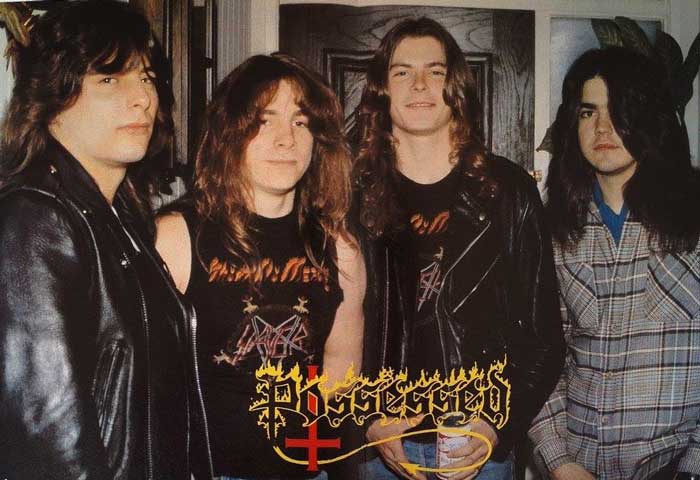
One of the earliest and most influential Death Metal bands was Possessed, who formed in San Francisco in 1983. The band’s debut album, “Seven Churches,” released in 1985, was groundbreaking in its blend of thrash and death metal elements, as well as its occult and Satanic lyrical themes. The album’s fast, aggressive sound and Jeff Becerra’s guttural growls would go on to influence countless death metal bands to come.
Chuck Schuldiner and Death
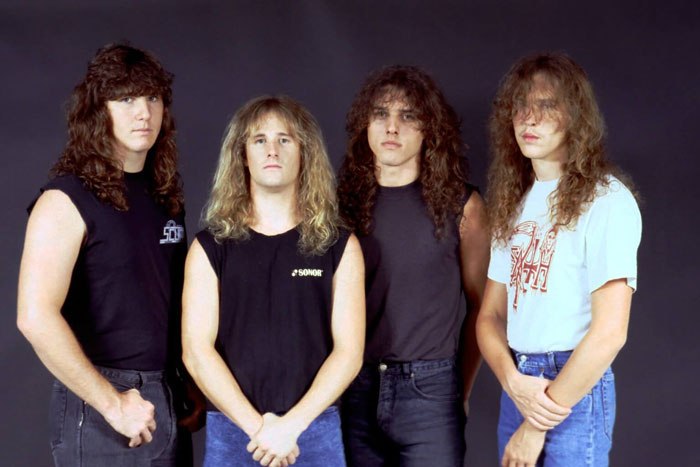
Another influential band in the history of Death Metal was Death, led by guitarist and vocalist Chuck Schuldiner. Their debut album, “Scream Bloody Gore,” released in 1987, was groundbreaking and served as a blueprint for some of the most exceptional Death Metal ever created. Death introduced harsh death growls, shocking lyrical themes, and blisteringly fast tempos, elements that have since become hallmarks of the genre. Schuldiner is regarded as the godfather of Death Metal, and his contributions to the genre cannot be overstated.
Sadly, Schuldiner passed away in 2001 from brain cancer, but his legacy lives on, and Death remains one of the most important and influential bands in the history of Death Metal.
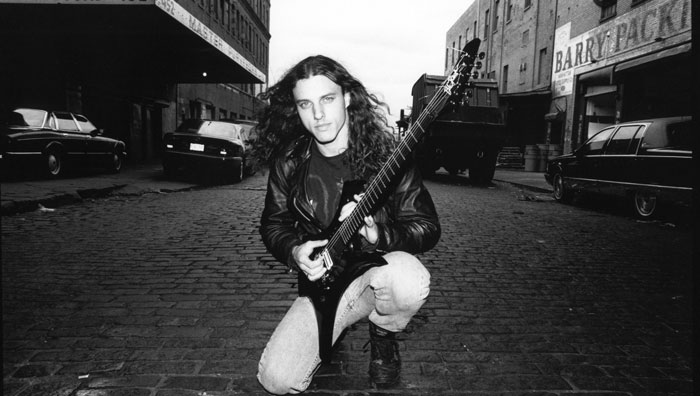
Influences of Black Metal
The influence of black metal on death metal cannot be denied. Black Metal emerged mostly in Scandinavian countries like Norway and Sweden, still considered the heart of Black Metal today. This influence can be seen in Death Metal’s use of aesthetics and visual imagery, coupled with lyrics that express strong opinions on a variety of subjects. One of the distinguishing features of Death Metal is its use of strong anti-theistic and anti-humanity views in the lyrics, a direct reflection of the influence of Black Metal.
Expansion of Death Metal
As Death Metal continued its journey from the USA to Sweden, the latter country emerged as a major player in the genre, producing some of the best extreme metal bands to this day. In the late 1980s, Swedish Death Metal bands such as Carnage, Entombed, and Dismember began to emerge. Sweden shortly thereafter became home to Death Metal bands that explored and expanded on the creative possibilities of classic Death Metal, leading to the emergence of Melodic Death Metal (or, Melodeath), which remains one of the most successful sub-genres of Death Metal.
Crossover Genres
Over time, Death Metal has blended together with other genres to create sub-genres such as crossover thrash, which includes bands like Municipal Waste, D.R.I., and Toxic Holocaust, as well as blackened death metal, which features bands like Behemoth, Necrophobic, and Belphegor. These sub-genres have evolved since the late 80s and continue to shape the face of Death Metal today.
Misconceptions about Death Metal
Death Metal is often associated with satanic and violent themes that condone torture and rape, which is a common misconception. While Black Metal did thrive on such themes, Death Metal takes a more nuanced approach to the topics it addresses. In fact, it’s rare to find two bands that focus on the same lyrical theme. Morbid Angel, for instance, is known for their extreme anti-Christian messages, while Obituary’s lyrics are often drawn-out and evil. Death, on the other hand, is known for their almost metaphysical poetry that delves into the mysteries of life and death. Despite their differences, these bands have all played an important role in shaping Death Metal into the complex and diverse genre that it is today.
Melodic Death Metal
Melodeath is a sub-genre of Death Metal that emerged in the early 1990s in Gothenburg, Sweden. The genre is characterized by its use of melody, which is usually provided by the lead guitar, to complement the death growls and blast beats typical of Death Metal. In contrast to the more straightforward brutality of classic Death Metal, Melodic Death Metal incorporates more harmonies and melodies into its music, leading to a sound that is often described as “melancholic” or “euphoric.” The genre’s popularity exploded in the mid-1990s with the release of seminal albums by In Flames, Dark Tranquillity, and At the Gates, among others.
In Flames
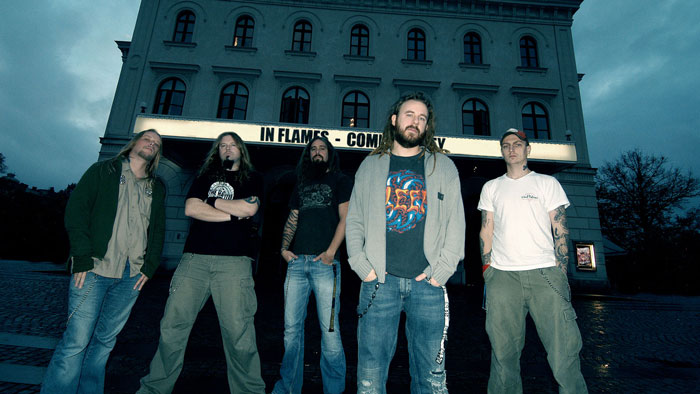
In Flames is widely considered one of the pioneers of Melodic Death Metal, having released their debut album “Lunar Strain” in 1994. The album’s unique sound, which combined the aggression and brutality of Death Metal with catchy melodies and harmonies, was a breath of fresh air in a genre that was starting to become increasingly formulaic. In Flames continued to innovate with subsequent releases, such as “The Jester Race” and “Clayman,” which solidified their reputation as one of the most important bands in the genre.
At the Gates
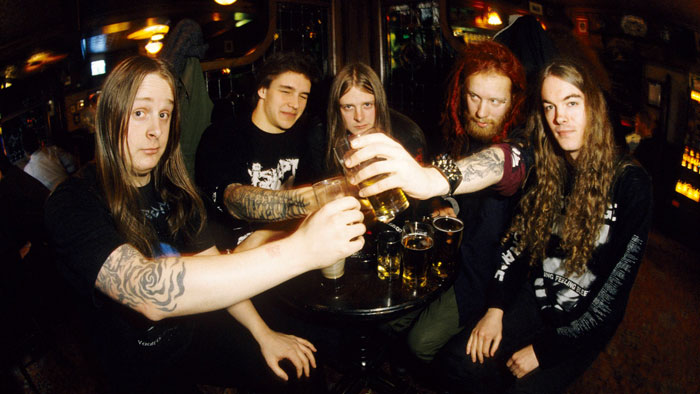
At the Gates is another influential band that helped shape the sound of Melodic Death Metal. Their 1995 album “Slaughter of the Soul” is widely regarded as one of the best and most influential albums in the genre. The album’s combination of aggressive riffing, intricate melodies, and catchy hooks has inspired countless bands and continues to be a major influence on the Melodic Death Metal scene today.
Dark Tranquillity
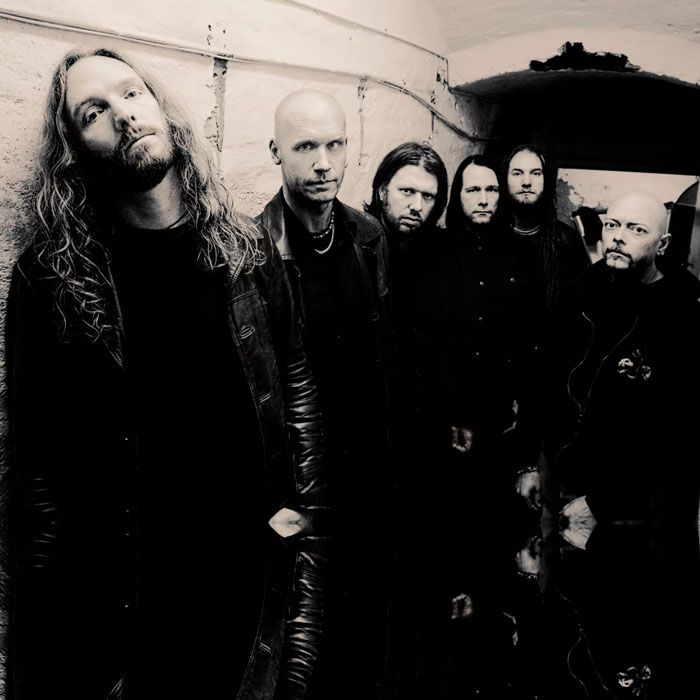
Dark Tranquillity is yet another band that played a crucial role in the development of Melodic Death Metal. The band’s debut album, “Skydancer,” released in 1993, showcased their unique blend of extreme metal and melody, setting the stage for their later works, such as “The Gallery” and “Projector.” Dark Tranquillity’s music is often described as “beautiful” and “haunting,” thanks to its heavy use of atmospheric keyboards and melodic guitar leads.
The success of Melodic Death Metal also led to the emergence of other sub-genres, such as Death-Doom, Symphonic Death Metal, and Technical Melodic Death Metal. Each sub-genre brought something new to the table, expanding the boundaries of death metal and pushing the genre in exciting new directions.
Opeth
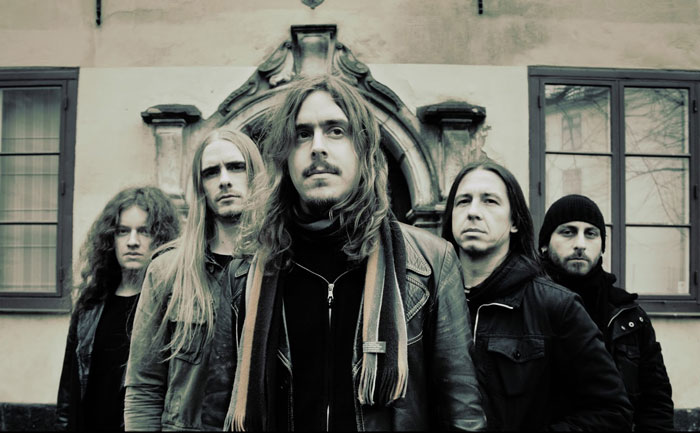
One band that successfully blended Melodic Death Metal with other genres is Opeth. The Swedish band, formed in 1990, is known for their unique fusion of progressive rock, jazz, and folk music with the aggression and brutality of Death Metal.
Opeth’s music is characterized by its use of acoustic guitars, clean vocals, and intricate song structures, as well as its heavy use of melody and atmosphere. The band’s innovative approach to music has earned them a devoted fanbase and critical acclaim.
In conclusion, the history of death metal is a complex and multifaceted one that has evolved over the years to become one of the most important sub-genres in the world of heavy metal. From its origins in the 1980s to the present day, death metal has undergone numerous transformations, incorporating elements from a variety of sources and inspiring countless bands and musicians along the way. Thank you for taking the time to read this article on the history of death metal.
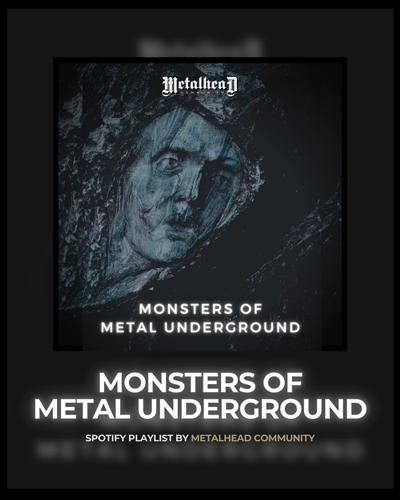
Listen to Metalhead Community's Monsters of Metal Underground playlist on Spotify

